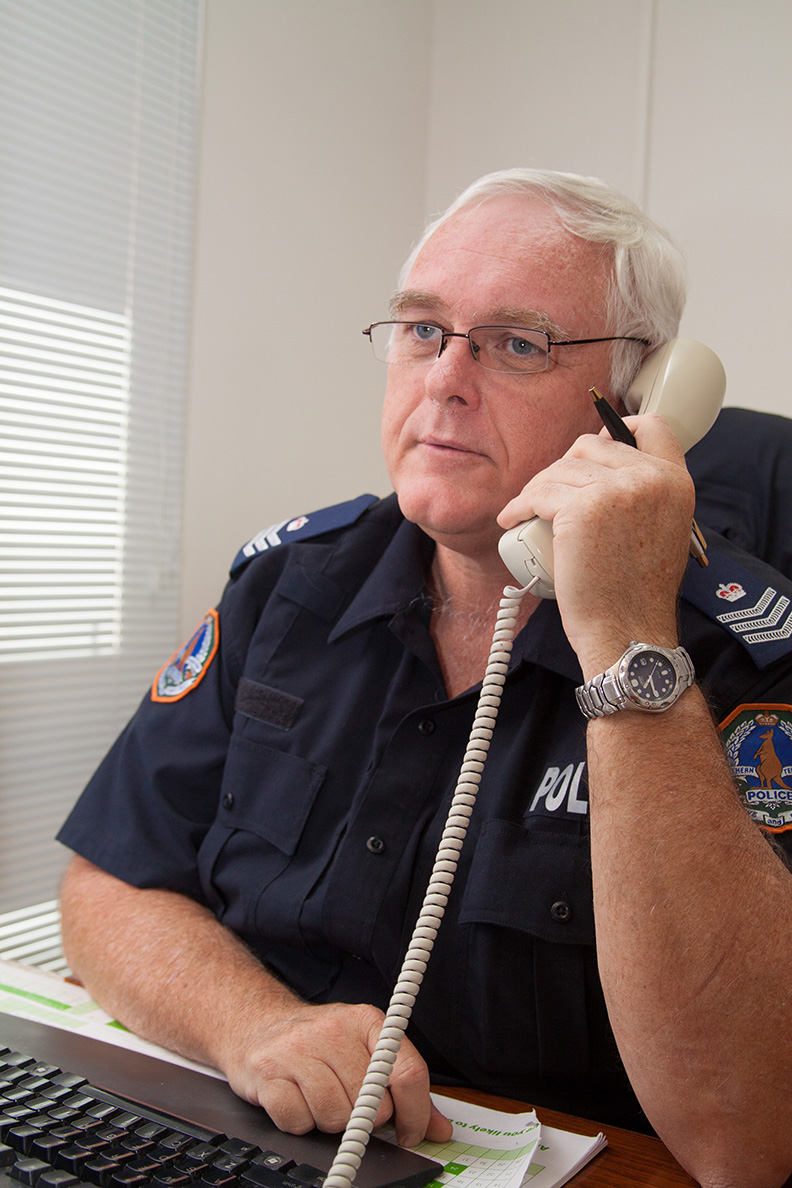Cross-sector and community approaches to safety
Anecdotal evidence suggests cross sector or community approaches can be effective in improving the safety of rural and remote professionals. This section provides a series of case studies of models of cross sector or community approaches used in different parts of Australia.
It is important to recognise that rural and remote communities are different, and any cross-sector or community approach to safety must be tailored to the needs and challenges faced by the individual community. There is no ‘one size fits all’.
Notwithstanding this, there are some questions that might be useful to consider when developing a cross-sector or community approach to preventing violence.
The need
- What are the safety risks for professionals in your community?
- What other community safety issues exist that could impact on the safety of professionals in your community?
- How effectively are these risks currently being addressed?
- Is a cross-sector or community approach needed to respond to the risks?
The stakeholders
- Who are the key community stakeholders who should be involved in responding to safety risks?
- How do you get buy-in from these stakeholders for any cross-sector or community approach to improving safety?
The driver(s)
- Who should drive a cross-sector or community approach to safety?
- What is the profile and reputation of this person/organisation in the community?
The model
- What cross sector or community model for improving safety would suit the needs of the community?
- What are the specific aims and objectives of the cross sector or community model?
- What should governance arrangements look like (ie formal or informal structure)?
- Who should chair the group?
- Is there a need for a Secretariat and, if so, who should have this responsibility?
- What are the roles and responsibilities of key stakeholders engaged in the cross-sector community appraoch?
Resources
- What resources (human, financial, other) are needed for the cross-sector or community model to be effective and sustainable?
- Who will provide these resources?
Implementation
- How can the model be implemented sustainably?
- What is needed to keep key stakeholders actively engaged and willing to contribute?
- How will success be measured?
Models of cross-sector or community approaches to safety
Click below for examples of cross-sector or community approaches to safety:
Show Some Respect campaign, Burnie, Tasmania







